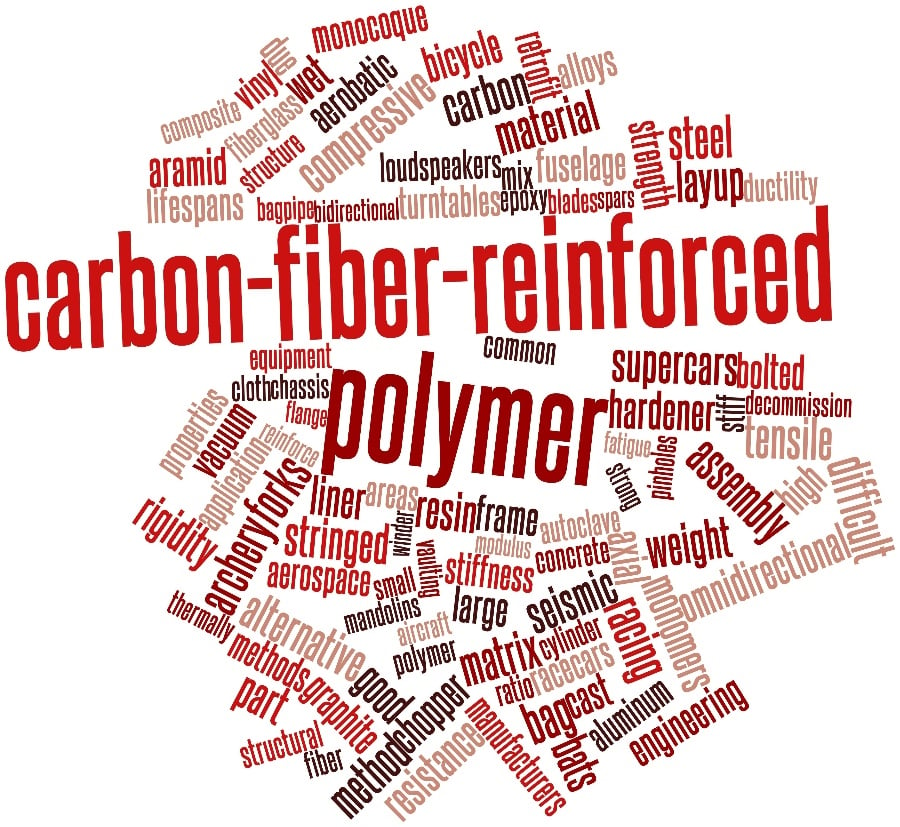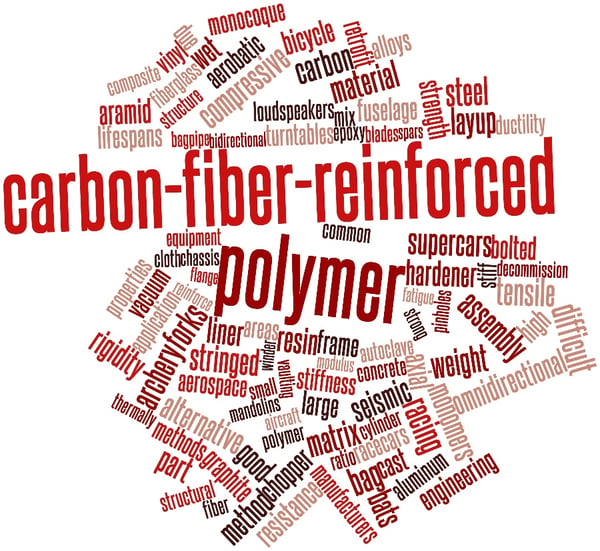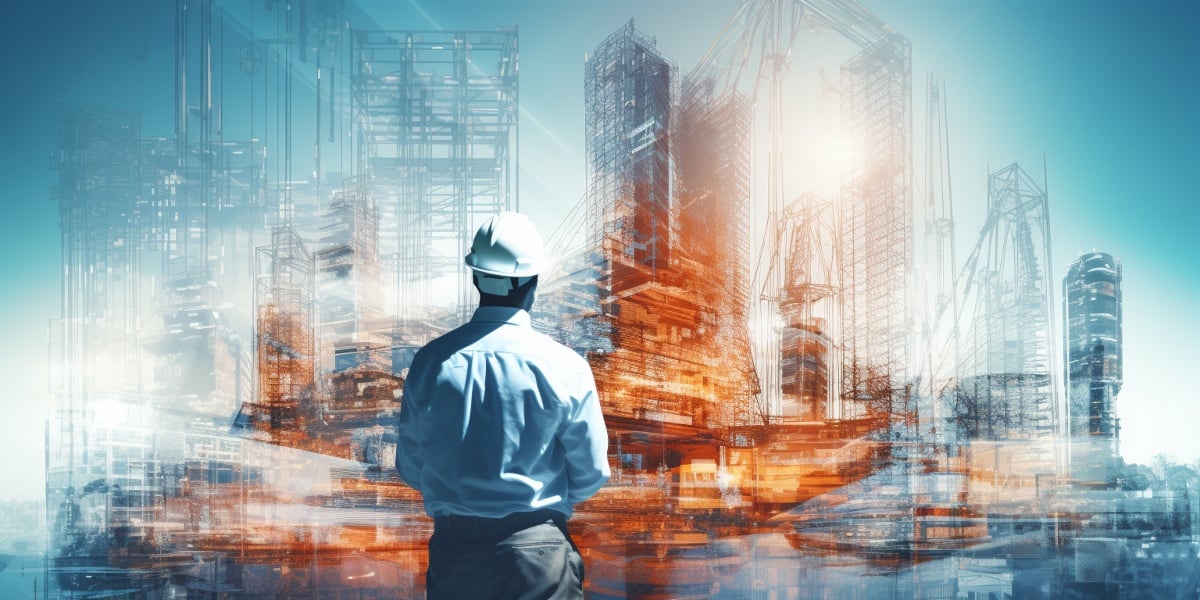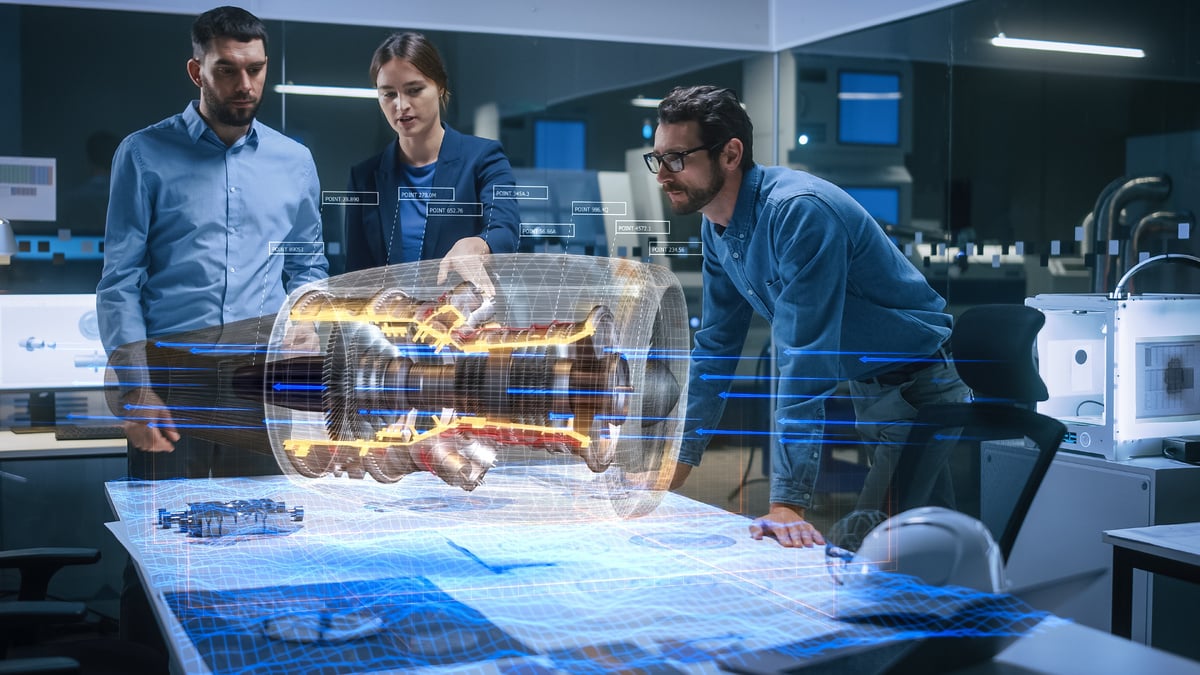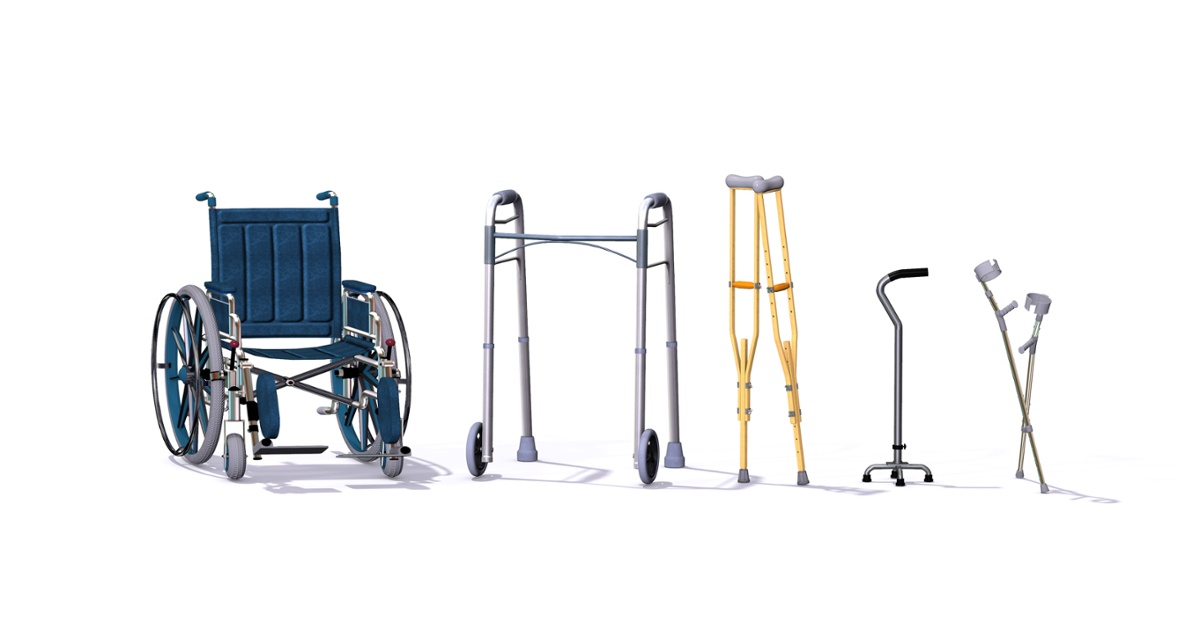The times, they are a-changing. The traditional mindset of using wood, steel and aluminum in the architecture and construction sectors is fast being replaced with the use of new, innovative materials.
One such product gaining traction comes from Fiber Reinforced Polymer (FRP) profiles to construct buildings, tanks, cladding, platform structures and roofing products.
FRP composite products add durability and strength in the design. And while the use of cement and wood are still used, more and more project engineers are opting to use fiberglass products to add strength to buildings and structures.
FRP composites profiles share unique characteristics. They are resistant to acid, chemicals, water. They are also non-conductive, high strength, lightweight and impact resistant.
These characteristics provide architects and builders with compelling reasons to apply more FRP profiles such as beams and channels to their projects. Their composite structure has the potential to withstand natural forces and pressure.
Features of FRPs
FRP products have low maintenance costs while offering great support to structures. Resistant to chemicals, heat, and moisture, they can be installed without using cement and asbestos.
Their non-magnetic features make them the most suitable product for roofing, window reinforcements, fiberglass channels, tree stakes and driveway markers.
What Is Pultrusion?
Pultrusion is a manufacturing technique that converts fibers and resin into fiber-reinforced plastic. Pultruded products ─ with a constant cross-section ─ has gained a reputation for being both durable and efficient. The pultruded product is extremely versatile and has become increasingly popular for sectors across many industries such as construction, infrastructure and transportation.
Pultruded profiles are commonly used to construct items that are left outdoors for long periods of time as these are able to withstand the harsh effects of environment. This includes electrical lines, bridges and roads.
The manufacturing process can be customized to design parts to fit almost any need currently being filled by wood, aluminum or steel. In addition to being light weight and just as durable as similar materials, pultruded parts are a more cost-effective option. This lowers the cost of manufacturing and maintenance.
Market Demand
Over the next few years, we can expect that more industries will start replacing aluminum and steel with pultruded materials. Recently, Lucintel released its Pultrusion Market Report projecting that the pultrusion market will reach an estimated $3.4 Billion by 2024. This growth is propelled by an “increasing demand for lightweight, corrosion-resistant, and durable products for various end-use industries.”
The following are several sectors where we can expect to see FRPs making the most impact:
1. Electrical
A valuable addition to the electrical industry is hot line sticks. These high voltage pultruded fiberglass poles do not conduct electricity which makes it safe for the electricians working on them. In addition to being safe, they are able to withstand 1,000 kV per foot.
2. Construction
The pultrusion process creates lightweight, durable materials that go to make up a safe and sound structure. It also provides a more cost-effective option for homes and buildings as it’s more sustainable than most other materials used in construction.
Pultruded fiberglass products can also be painted to resemble wood, marble, and other surfaces to match the appearance of the structure. During the construction phase, there’s no need to paint so this also saves time and money. In addition to new construction, contractors will take on architectural projects that change the exterior appearance of an old or existing building. The original building does not need to be demolished or rebuilt. It simply gets a makeover via a FRP composite facade.
In North America as well as global market, the advantages of pultruded fiberglass profiles are more and more attractive to construction applications. Research shows that pultruded materials such as glass fiber reinforced plastic can maintain its properties even after 15 years of service, offering new levels of durability and long term performance that other materials just can’t provide.
Conducive to Construction
Thermal-Resistant Materials
Two key factors that make FRP suitable for construction projects are heat-resistance and fire protection. A layer of protective coating must be applied In order to make wood, concrete, and asphalt heat-resistant. This chemical coating is highly toxic to the environment and is not as sustainable as FRP profiles.
In contrast, even though metals such as aluminum and steel can withstand heat better than wood, they are not completely heat-resistant. They can still melt at higher temperatures that can occur during a raging fire.
How Are FRP Composites Thermal-Resistant? Fiber-reinforced polymer composites are thermal resistant because of the way they are created. The fiber rovings are fed into the pultrusion machine, Tensioners may be used to keep the strength level consistent throughout the entirety of the product. The rovings then get pulled through the “wet-out” stage in which they are saturated with a liquid resin that is chosen for the needed performance.
As the rovings soak, they will become impregnated by the resin , which will further improve the composition of the product. After this, the product will be formed and cured. The final product is resistant to impact, ultra-violet rays, corrosion, and heat.
Alternatives
The stability and thermal performance of pultruded applications make a great alternative to wood, PVC, steel and aluminum. Pultruded fiberglass profiles provide extra safety without compromising on strength or rigidity as they are non-conductive, corrosion-resistant. They are up to 70% lighter than steel products. Being resistant to weather-induced decay, pultruded products last longer when compared to the corrosion levels of metals used for bridges.
For example, FRP products are used by architects, builders and developers for a variety of products such as energy-efficient windows, thermal breaks, for oil and gas tubes, beams, bars and crossbars.
Other applications include sucker rods in the oil & gas industry as they are lightweight, with lower installation and energy costs. They can also be used in spar cap structures for wind turbine blades, due to its lightweight and weather-resistant nature.
Talk to Us
Businesses can minimize expenses and callbacks with FRP profiles. Combined with low maintenance, high tolerance, durability and strength, the key driver of development opportunities for pultruded products is the growing demand for durable and lightweight products that are resistant to corrosion for various end user industries.
If you have questions or are interested in using FRP profiles for your projects, talk to us.

